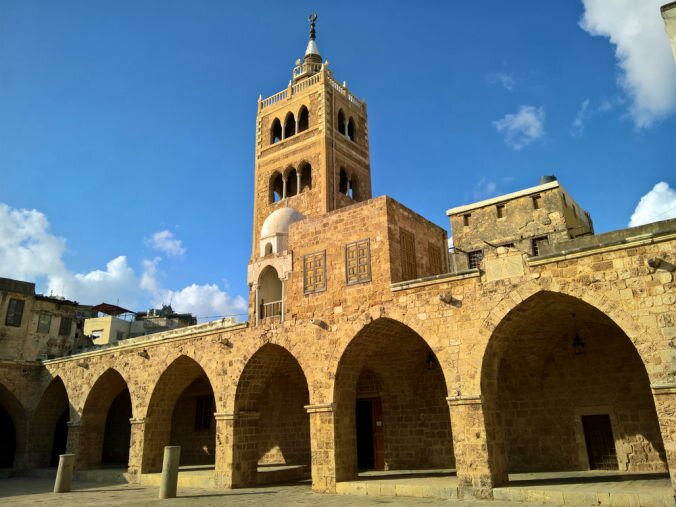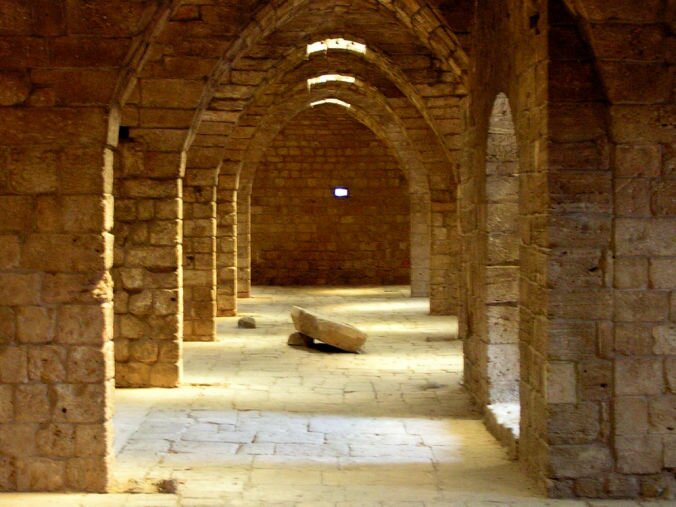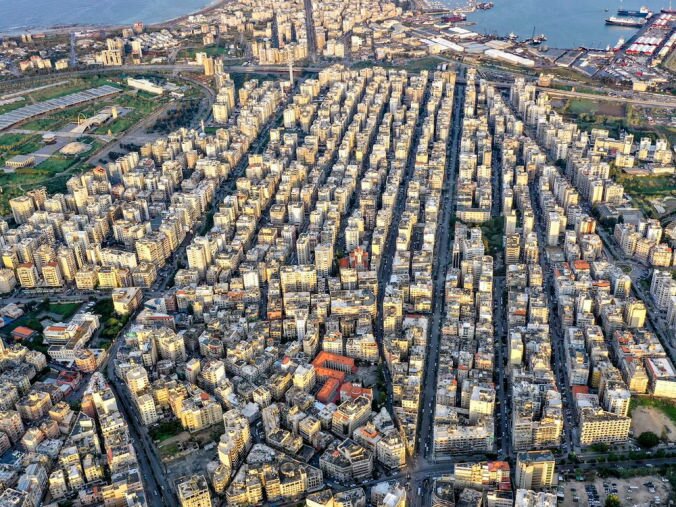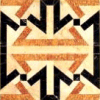
Attractions
The wealth of historical monuments makes Tripoli the second largest preserved Mameluke city in the world.

The Past
Tripoli in the Prehistorical, Persian, Hellenistic, Roman, Byzantine, Arab, Crusade, Mameluke, and Ottoman periods.

The Present
Tripoli is made up of two towns, the city proper with its ancient and modern quarters and the coastal town of AlMina.
